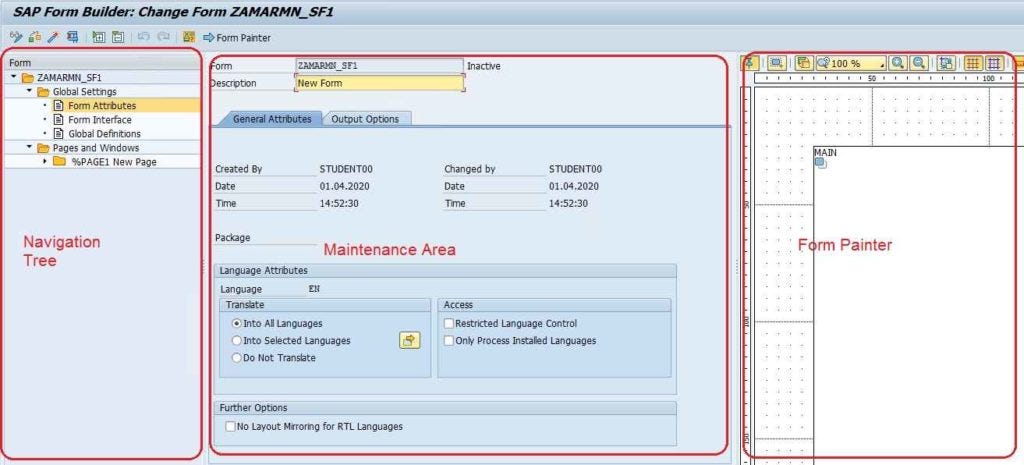I don’t know whether to be amazed or horrified at how much out-of-date technology we’re still using. Maybe both. Both is good.
It’s been 10 years since Windows XP support expired. That’s a whole decade, people! But when I recently posted a meme “celebrating” the occasion, I started hearing from people who — God help them — are still using XP.
One person told me he believes XP still lives on at NASA’s Goddard Space Flight Center on old systems still running Windows XP Embedded (XPe). Why? Because their manufacturers wouldn’t (couldn’t?) update their systems. Of course, NASA could replace them… but at a six-figure price for new gear, no one has the budget to do it.
I can believe that — I used to work at Goddard in the late 1980s, and one of my projects was running an online system to track the real-time status of NASA Space Shuttle communication links. Among the systems I ran herd on was a tertiary Shuttle data connection that was a 110-baud Telex line to Bermuda dating to the 1950s. It worked, but that’s all you could say about it.
Then, as now, we kept it going because NASA didn’t have the money to replace it. (NASA, by the way, has never had anything like the budget it needs since the 1960s and the Apollo moon landings.)
But I digress.
NASA’s not the only one stuck with running XP. Several people told me their medical facilities are still running XPe systems, too. Yet another tells me his engineering lab is doing the same thing. The reason? Once more, it works and there’s no money to replace the equipment.
But, you say, those are corner cases, oddball situations. No one is really running XP on a PC anymore are they? ARE THEY?
Yes, in fact, they are.
According to StatCounter, as of March 2024, 0.39% of desktops are still running Windows XP. Let’s do a little math. Microsoft claims there are 1.4 billion Windows PCs in the world, so that means we still have not quite 5.5 million XP computers up and running dsomewhere. And since StatCounter gets its numbers from systems connected to the Internet, that means we have about 5.5 million compromised PCs around the globe.
Eek!
The classic justification is that, “It’s working just fine! Why should I spend any money on it!?” My 1991 Toyota MR-2 worked just fine for decades, too, but I still wouldn’t drive in a demolition derby without brakes or a seat belt.
It’s not just XP though. There’s a lot of archaic systems still out there in production.
For example, if you think XP is way too old to run for work, consider the German railroad company that was recently looking for a Windows for Workgroups 3.11 administrator! It turns out this software runs the “driver’s cab display system on high-speed and regional trains [which] shows the driver the most important technical data in real-time.”
I love trains, but I think I might avoid German ones.
There’s another ancient system still “driving” public transportation. In San Francisco, the San Francisco Municipal Transportation Agency (SFMTA), still uses 5.25-in. floppy disks to run the city’s Muni Metro light rail. Every morning, the system boots up three floppy disks to load the Automatic Train Control System (ATCS) software. ATCS enables the human train operators to supervise while the train drives itself.
This takes “If it ain’t broke, don’t fix it” to scary new levels.
At least San Francisco is upgrading its system — if officials can get the budget.
Now, I use old technology all the time. Under my main work desk, I keep my 1982 vintage KayPro II computer. It still boots from its floppy drives. But I haven’t used it for work this century. I keep it purely out of nostalgia since it was my first PC.
But I’m sensible about it. I keep all the other computers at hand up to date with the latest patches and updates. You should, too. Doing otherwise is just asking for trouble.
But, before I leave you, color me curious. What’s the oldest system you’re still using for real work?
Microsoft, Windows, Windows PCs
I don’t know whether to be amazed or horrified at how much out-of-date technology we’re still using. Maybe both. Both is good.
It’s been 10 years since Windows XP support expired. That’s a whole decade, people! But when I recently posted a meme “celebrating” the occasion, I started hearing from people who — God help them — are still using XP.
One person told me he believes XP still lives on at NASA’s Goddard Space Flight Center on old systems still running Windows XP Embedded (XPe). Why? Because their manufacturers wouldn’t (couldn’t?) update their systems. Of course, NASA could replace them… but at a six-figure price for new gear, no one has the budget to do it.
I can believe that — I used to work at Goddard in the late 1980s, and one of my projects was running an online system to track the real-time status of NASA Space Shuttle communication links. Among the systems I ran herd on was a tertiary Shuttle data connection that was a 110-baud Telex line to Bermuda dating to the 1950s. It worked, but that’s all you could say about it.
Then, as now, we kept it going because NASA didn’t have the money to replace it. (NASA, by the way, has never had anything like the budget it needs since the 1960s and the Apollo moon landings.)
But I digress.
NASA’s not the only one stuck with running XP. Several people told me their medical facilities are still running XPe systems, too. Yet another tells me his engineering lab is doing the same thing. The reason? Once more, it works and there’s no money to replace the equipment.
But, you say, those are corner cases, oddball situations. No one is really running XP on a PC anymore are they? ARE THEY?
Yes, in fact, they are.
According to StatCounter, as of March 2024, 0.39% of desktops are still running Windows XP. Let’s do a little math. Microsoft claims there are 1.4 billion Windows PCs in the world, so that means we still have not quite 5.5 million XP computers up and running dsomewhere. And since StatCounter gets its numbers from systems connected to the Internet, that means we have about 5.5 million compromised PCs around the globe.
Eek!
The classic justification is that, “It’s working just fine! Why should I spend any money on it!?” My 1991 Toyota MR-2 worked just fine for decades, too, but I still wouldn’t drive in a demolition derby without brakes or a seat belt.
It’s not just XP though. There’s a lot of archaic systems still out there in production.
For example, if you think XP is way too old to run for work, consider the German railroad company that was recently looking for a Windows for Workgroups 3.11 administrator! It turns out this software runs the “driver’s cab display system on high-speed and regional trains [which] shows the driver the most important technical data in real-time.”
I love trains, but I think I might avoid German ones.
There’s another ancient system still “driving” public transportation. In San Francisco, the San Francisco Municipal Transportation Agency (SFMTA), still uses 5.25-in. floppy disks to run the city’s Muni Metro light rail. Every morning, the system boots up three floppy disks to load the Automatic Train Control System (ATCS) software. ATCS enables the human train operators to supervise while the train drives itself.
This takes “If it ain’t broke, don’t fix it” to scary new levels.
At least San Francisco is upgrading its system — if officials can get the budget.
Now, I use old technology all the time. Under my main work desk, I keep my 1982 vintage KayPro II computer. It still boots from its floppy drives. But I haven’t used it for work this century. I keep it purely out of nostalgia since it was my first PC.
But I’m sensible about it. I keep all the other computers at hand up to date with the latest patches and updates. You should, too. Doing otherwise is just asking for trouble.
But, before I leave you, color me curious. What’s the oldest system you’re still using for real work?
Microsoft, Windows, Windows PCs Read More Computerworld
















+ There are no comments
Add yours